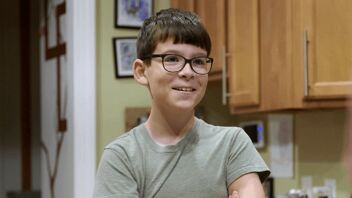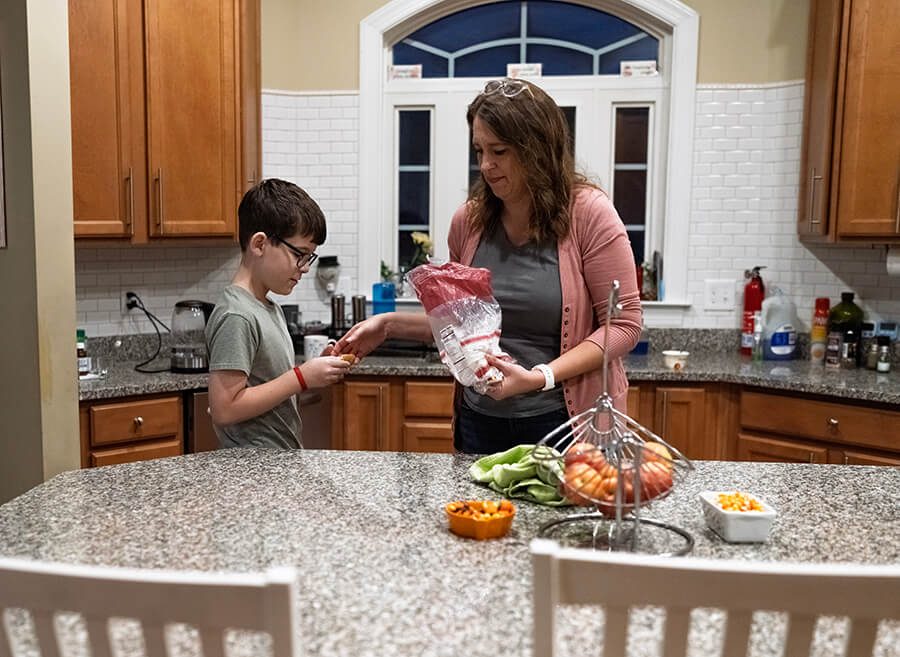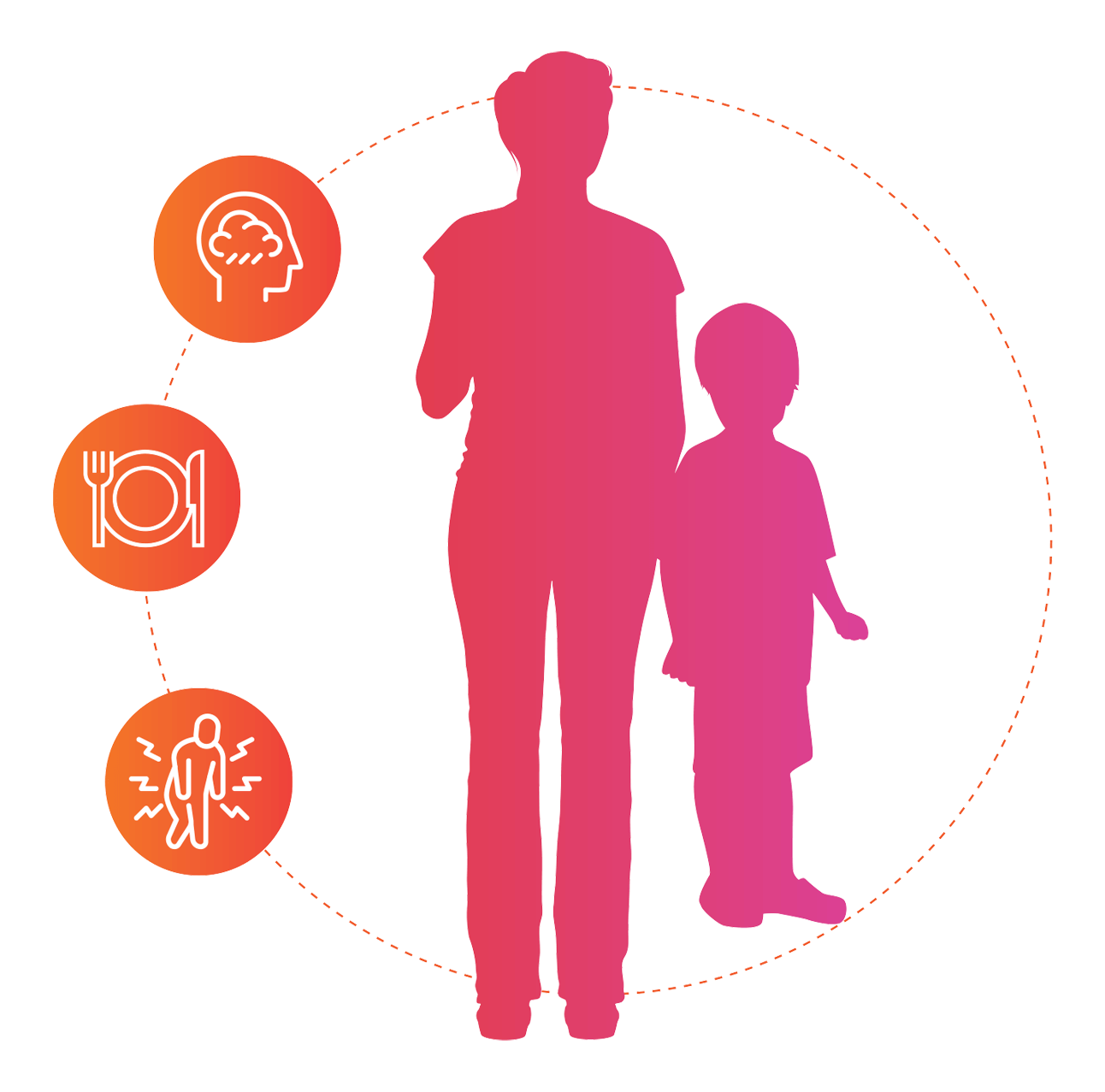Sponsored: A hopeful road for a family affected by a fatty acid oxidation disorder
By Ultragenyx
A little about LC-FAOD
LC-FAOD stands for long-chain fatty acid oxidation disorders, which are rare metabolic conditions that run in families. With each of these disorders, a specific enzyme that helps the body use fat for energy doesn’t work properly. This prevents the body from breaking down long-chain fatty acids into energy during metabolism.

Breakdown of fatty acids is necessary to produce energy when blood sugar, or “blood glucose,“ levels are low. Once glucose is gone, the body of a person with LC-FAOD tries to use fat without success, and levels of fatty acids may build up in the heart, liver, and other organs. This can lead to serious organ problems or signs and symptoms such as muscle pain, muscle weakness, low blood sugar, and fatigue. Although signs can appear within a few hours of birth, they may also not appear until adulthood—and they can change over time. Learn more here.
Understand what causes LC-FAOD and how it impacts the body
Meet Jana: A mom caring for her son with LC-FAOD
Married for 18 years, Jana and her husband have 3 children. Their teenaged daughters are both in high school, and their son, Abdullah, is a 10-year-old in fourth grade. He lives with a type of LC-FAOD called VLCAD,* which affects an estimated 1 in 85,000 people. Even though Abdullah lives with VLCAD, Jana says that he is one of the most joyful kids.
*Very long-chain acyl-CoA dehydrogenase deficiency.

Abdullah, age 10, living with VLCAD
Diagnosed with VLCAD via newborn screening, Abdullah thinks of it as part of his genes, like his eye color and hair color. He knows he can’t just grab and eat whatever he wants. He also knows that he has to listen to his body and take it easy sometimes, but he doesn’t see VLCAD as holding him back in any way.
Watch Jana and Abdullah’s full story at FAODinFocus.com
VLCAD affects every child differently
From Jana’s perspective, the hardest part of her son’s VLCAD has been rhabdomyolysis (or “rhabdo”), which is when muscle tissue breaks down. There are days when he isn’t sick and he is eating well, but all of a sudden, he can’t walk. Most of the time, his doctors have no idea what triggered it.
“I’d say the uncertainty of VLCAD has had the greatest impact on our family. Kids thrive with predictability. Life with VLCAD is far from predictable.”
Everything takes extra planning, including his daily diet
Jana and her husband have worked with a metabolic dietitian to develop a healthy, low-fat diet for Abdullah, which is a big part of managing his VLCAD. There are a lot of low-fat foods that he enjoys, like fat-free cheeses, fish, and lean chicken and turkey. Abdullah is also good at making sure he stays hydrated and carries his cup with him everywhere.

Jana and her husband keep close track of Abdullah’s fat and calorie intake throughout the day
Jana is grateful for the “all-star team of doctors” behind her family
They have formed a very good relationship with their geneticist and the rest of the doctors at their local children’s hospital. They can call at any time to ask questions. Establishing good communication with the staff at the hospital has been essential to navigating Abdullah’s VLCAD.
“Working together, we have the same goal, which is to make sure Abdullah grows up to be healthy, strong, and happy.”

If you or your loved one is living with LC-FAOD, take this assessment to identify topics to discuss with your healthcare team.
Teaching Abdullah to advocate for his needs from an early age
Knowing how unpredictable and serious this condition can be, Jana and her husband wanted to make sure Abdullah was safe if they weren’t with him. Once he was old enough to understand, they told him that his body works differently and made him aware of what to watch for. They also taught him how to read nutrition labels so he’s aware of what he can safely eat.
“Abdullah enjoys being at school—what really helps is we’ve taught him how to speak up and to be responsible for his condition.”
Now that Abdullah is older, he can tell his parents or another adult when he is in rhabdo and when he needs to go to the hospital. He has become more aware of his body over time because his parents have always included him in meetings with the doctors, nurses, and teachers at his school—and encouraged him to ask questions. Jana feels it’s important for them to see that Abdullah knows himself well, and for Abdullah to see there are a lot of adults who are here to help take care of him.
Her son’s journey with LC-FAOD is not always easy, but Jana stays hopeful for his future.
The content of this article was provided by our sponsor. RareDisease.net does not specifically endorse or recommend the program, product, medications, or therapies discussed in this article.
MRCP-UX007-00926 03/2025